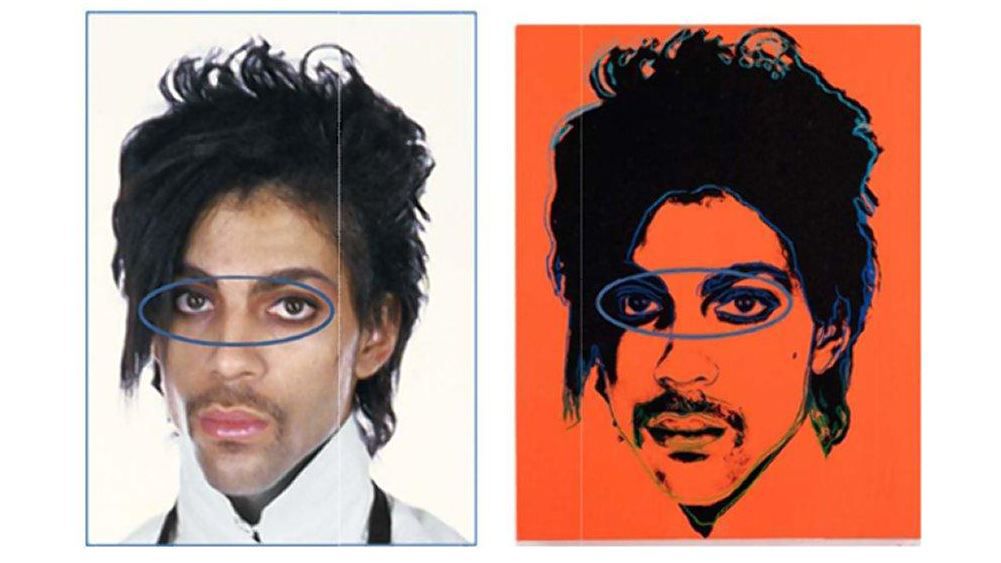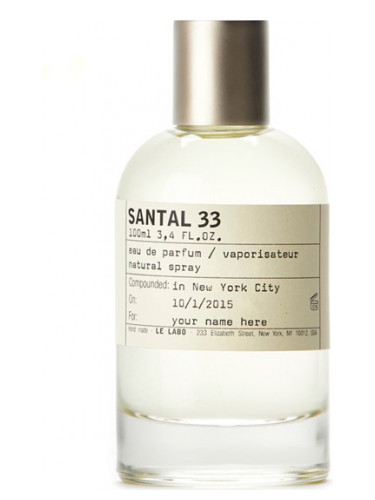Sour Patch Trademark Battle Gets Sour as Stoney Patch Creators Refuse to Reveal Their Identity
In July of 2019, Mondelez Canada Inc. (MCI), the company known for the sour gummy candy, Sour Patch Kids, filed a trademark lawsuit against the brand “Stoney Patch,” for selling THC-infused gummies by the same name. In the complaint, MCI claims trademark and trade dress infringement, trademark dilution, and unfair competition.
Trademarks offer protection for logos, symbols, phrases, words and designs and trade dress offers protection for other elements used to promote a product or service. In this way, trademarks serve the function of designating the source of a particular product or service. Trademark infringement occurs when there exists the likelihood of confusing one product or service with another. Similarly, unfair competition is attempting to replace a product or service that already exists with the intention of deceiving the public. Moreover, trademark dilution occurs when someone uses a famous mark in a manner that decreases or harms the mark’s uniqueness.
Considering the similarities in marketing and packaging, the Sour Patch brand could become tarnished due to the fact that they are a children’s candy that might now be associated with a cannabis product. In particular, such an association might harm the reputation and brand image of Sour Patch Kids. On the other hand, the creators of Stoney Patch might attempt to argue parody, which occurs when the subsequent mark uses only so much of the original, famous mark as necessary to bring to the mind the original mark. However, there is not a strong case for parody because of the high likelihood of confusion and tarnishment of the Sour Patch brand. Indeed, tarnishment is a strong argument in this case because of the dramatic difference in the target audience. Sour Patch is obviously a gummy candy brand for children while Stoney Patch is THC-infused.
This lawsuit highlights a growing trend whereby cannabis companies will package and market their items in a way that is similar to commercially sold candy and foods. This can be dangerous because it is marketed and presented in a way that is appealing to children and confusing for them. Ethics aside, this action is illegal under California’s Medicinal and Adult-Use Cannabis Regulation and Safety Act (MAUCRSA) which states that “packages and labels shall not be made to be attractive to children” and they cannot “be designed to be appealing to children or easily confused with commercially sold candy or foods that do not contain cannabis.” This makes this case much more than trademark infringement, but a public health issue that is not currently being addressed.
The creators behind Stoney Patch have remained a mystery. For over six months, MCI has sent demand letters to third party sellers of Stoney Patch asking them to identify their source. They have also reached out to state regulatory and law enforcement agencies, along with hiring an investigator, but they still had not identified the creators behind the brand. The only information they were able to retrieve included two Instagram accounts and one email address associated with the product. However, Facebook and Google refused to provide user information without a subpoena and court order.
Due to the lack of cooperation from these third-party companies, MCI filed an ex parte application to expedite discovery to determine the identity and location of the defendants. Therein, MCI asserts its extensive efforts to determine the true source of “Stoney Patch.” Since MCI made considerable efforts to identify those behind Stoney Patch and they appeared to have a plausible case, their application to expedite discovery was granted. In addition, the court found there was little risk of prejudice to Facebook and Google because the information sought was narrow in scope.
This case touches upon several interesting categories, ranging from trademark infringement to public health. One of the most interesting aspects of this case is the question of how to maintain a lawsuit against wrongdoers who, as far as can be determined without court intervention, are completely anonymous. This further raises privacy concerns and the dichotomy between the right to privacy and the protection of public health. Moreover, in this particular case, this begs the question of whether the third-party sellers can be held liable if they refuse to reveal their Stoney Patch source. Thus, this case will highlight broader issues relating to intellectual property, privacy, and cannabis law, all of which continue to grow in importance as online distribution of 21+ products grows in popularity.










